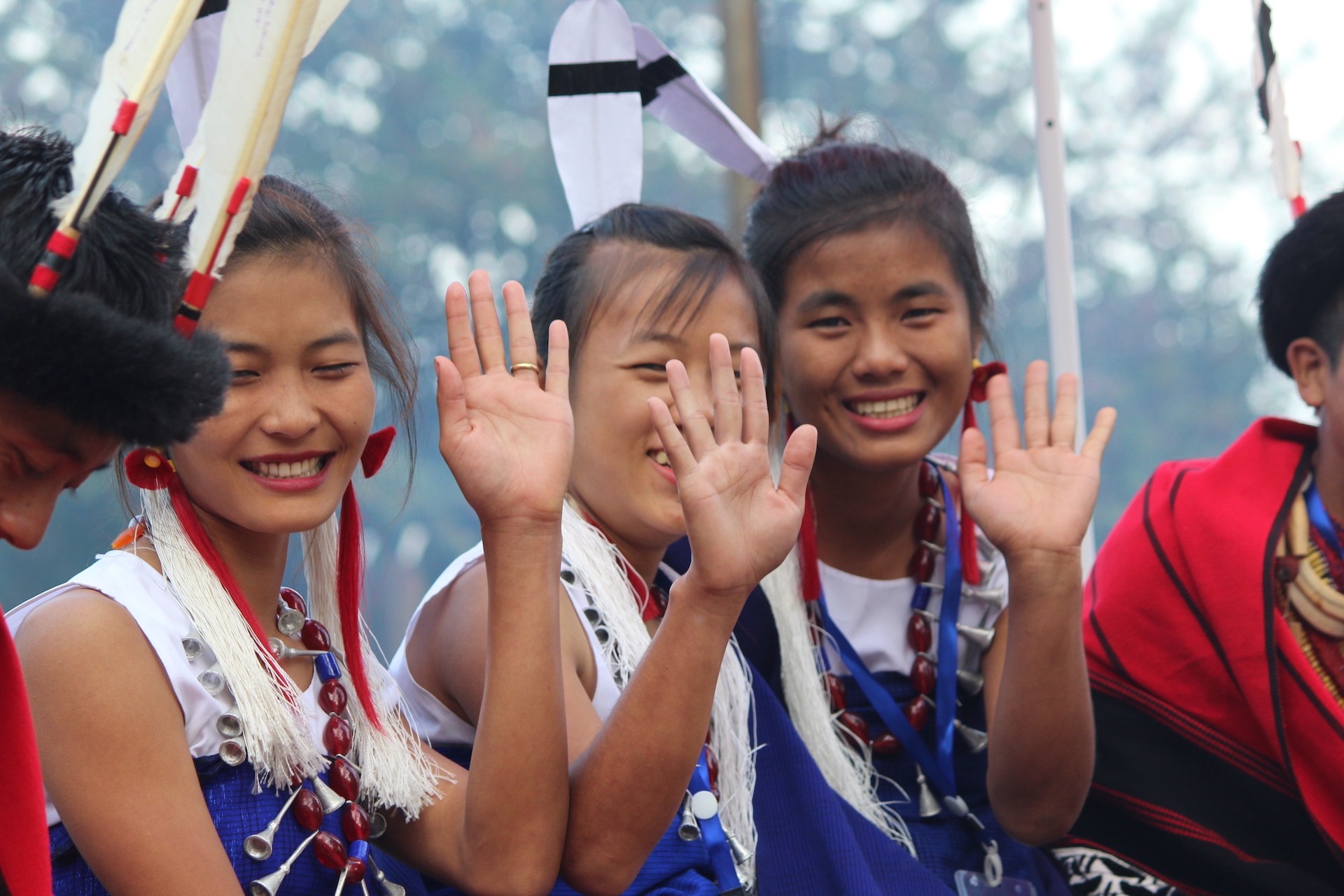Introduction
Northeast India has the greatest sporting prowess in the country. Athletes are held in high regard by Northeast Indian sports fans. They are incredibly grateful and supportive.
It is in the interest of the people, not the government, to make a city a sports centre. Because of this delight, we decided to turn this location into a sports station.
Northeast Indian athletes have a lengthy track record of dominating national and international athletic competitions. The region’s favourable sports culture has produced a slew of medalists and world champions.
As a result, they’ve built a name for themselves on the international scene. We may gladly declare it India’s honorary sports capital, as sports have helped many young people and their families escape poverty.
Northeast Indian players are recognised for their passion for training, despite disadvantages such as a lack of infrastructure and basic training facilities. A strong feeling of commitment drives them to succeed.
Northeast India has a population of only approximately 3.7 percent of India’s total. Manipur’s young, in particular, are noted for their love for a wide range of sports. To give you an idea, northeast players made up about 7% of the total 2016 Olympic team in Rio.
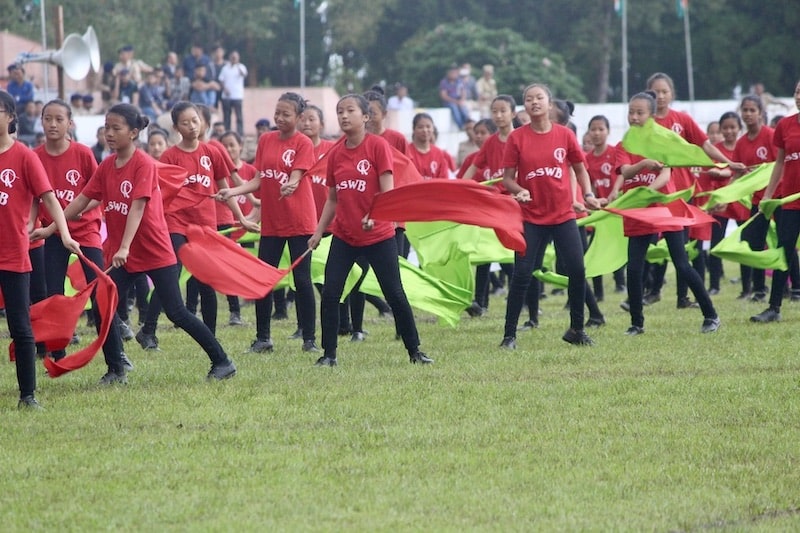
The players of Northeast India are at the top of Indian sports
Since June 2017, the Sports Authority of India (SAI) has started training 14,000 likely northeast athletes across the country. There are 10,000 boys and 4,000 girls in this group.
910 of the 4,000 girl trainees in SAI centres are from the North-Eastern states of Arunachal Pradesh, Manipur, Meghalaya, Mizoram, Nagaland, Sikkim, and Tripura. They regularly engage in 27 sports at 290 SAI sports centres. As a result, both the city and the countryside are affected.
Assam and Manipur already have synthetic sports tracks for all-weather competitions. This was discovered in a case study published in the International Education and Research Journal in 2016. Furthermore, the northeast belt has a sizable corporate and government support base. As a result, the region’s efforts to promote physical education and sports are aided.
Physical Education in Northeast India
From a young age, a child from northeast India is compelled to participate in sports. Physical education should be made a mandatory part of school and college curricula, according to the people of Northeast India.
They believe that sports are beneficial to their children’s overall development. While in some parts of the country, sports and activities are seen as a waste of time and a diversion from studying. Northeast athletes, on the other hand, are setting new national benchmarks.
Citizens in Arunachal Pradesh, Assam, Manipur, and Nagaland value physical education and sports more. As a result, they will be able to assist their region in combating adolescent drug addiction, HIV, alcoholism, and terrorism.
As a way of giving back to their team, Northeast players have aided and coached young athletes from their home regions. Mary Kom and Kunjarani Devi have established regional boxing and weightlifting academies in the region.
These academies offer free coaching, lodging, and food to students, as well as a refund for any excess expenses incurred during contests. Bhaichung Bhutia Football School is another example of northeast athletes giving back to society. As a result of his international recognition, Bhutia began speaking in major cities such as Mumbai and Delhi on the importance of sports.
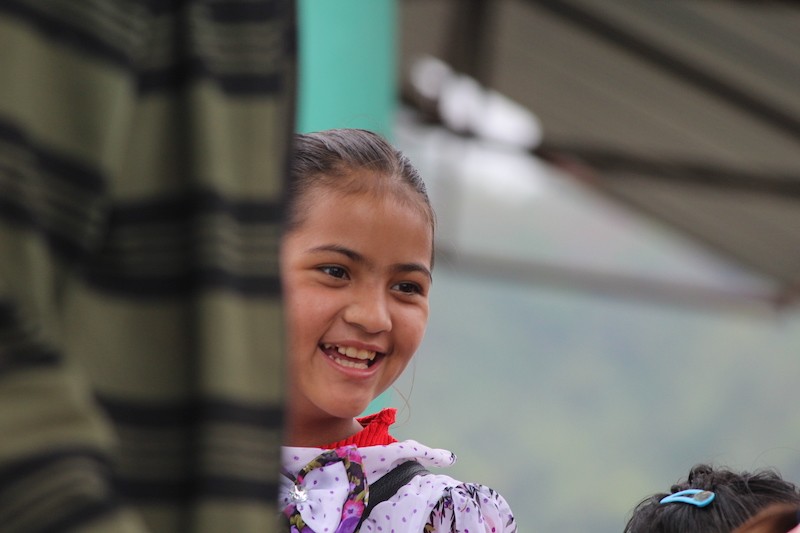
Positive Support from the Federal and State Governments for Northeast India sportspersons
The Northeastern states stand out when it comes to raising funds and using them for sporting activities. The North-East contributes about 9% of the national demand for funding to develop a sports infrastructure. As a result, sporting events should be held as part of the new government plan dubbed “Khelo India.”
The Khelo India programme offers funds to children aged 14 to 17 who want to participate in sports. This programme aims to promote both boys and girls to participate in sports around the world, as well as to improve sports infrastructure.
The Northeast accounted for 17.2 percent of total demand prior to the Khelo India programme. The Rajiv Gandhi Khel Abhiyan (RGKA) and the Urban Sports Infrastructure Scheme spent Rs 191.25 crore between 2014 and 2016. In Assam, education and sports contribute 35% of the state budget. As a result, it is much higher than the 16 percent national average.
Some of the finest sportspersons have come from Northeast India
India’s north-eastern area has developed some of the world’s most accomplished female athletes. Some of the best boxers, weight lifters, and archers in the world call the region home. Northeastern women have won gold medals at World Championships, Asian Championships, Commonwealth Games, and the Olympics, proving their worth.
The list is large, ranging from Mary Kom to Mirabai Chanu, Lovlina Borgohain to Dheeraj Singh Moirangthem, Shushila Likmabam to Lalremsiami, and so on.
Despite the fact that the region’s first three Olympic medalists, Mirabai Chanu, Mary Kom, and Lovlina Borgohain, have won medals, the locals confront prejudice and ridicule.
Mary Kom-Boxer from Northeast India
Mary Kom is a legend in Northeast India and one of the world’s top female boxers. She is a well-known boxing athlete who hails from Manipur. Chungneijang Mery Kom Hmangte was given the name Mary Kom.
On November 24, 1982, she was born in Kangathei, Manipur. She has medaled in all six global championships and five World Amateur Boxing Championships. Mary Kom, then in eighth school, dedicated her life to sports.
The success of Dingko Singh in boxing after winning the Asian Games in 1998 is what inspired Mary Kom to decide to pursue a professional boxing career. Mary Kom went on to become the best female boxer India has ever produced as a result of her talent.
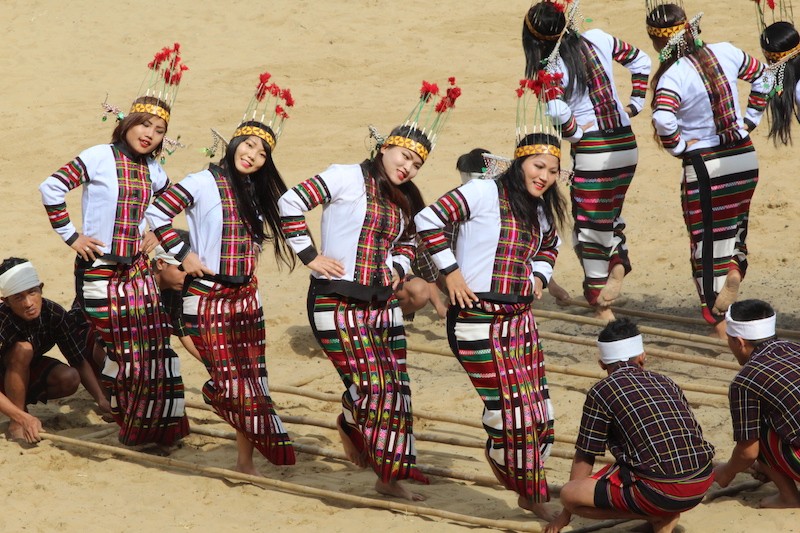
Her first victory came in 2000, when she was named the state’s Best Boxer. Her nickname is “Magnificent Mary.” She is the sole female athlete to be chosen for the 2012 Olympic Games. As a result, India won its first medal in the women’s division.
In 2001, she won her first silver medal, followed by gold at the Witch Cup in 2002 and the Asian Games in 2003. In 2012, she won a bronze medal in the London Olympics, which brought her professional career to a pinnacle.
The Indian government also named her the National Observer of Boxing. Her biography and life story reflect the many challenges she encountered both professionally and personally.
During the Commonwealth Games in New Delhi in 2010, Mary Kom carried the Queen’s Baton. This brilliant light from the northeast earned her first Gold Medal of her career in the Asian Games in South Korea in October 2014.
Saikhom Mirabai Chanu
Another notable sports person is Mirabai Chanu, a weight lifter from Imphal, Manipur. She was born on August 8, 1994. In earlier 2007, she used to travel 60 kilometres to Imphal’s Khuman Lampak Sports Complex to exercise weights.
At the 2013 Junior National Championship in Guwahati, India, she was crowned Best Weight Lifter. She won gold medals in both the 2011 International Youth Championships and the South Asian Junior Games.
Her outstanding effort in the CommonWealth Games in Glasgow earned her a silver medal in the women’s 48kg event, with a total lift of 170kg. In the 2015 World Championships, she came in ninth place.
As a result, she shattered the nearly 12-year-old national record set by the well-known, numerous award winner Kunjarani Devi at the Rio Olympics trials. As a result, Kunjarani Devi was Mirabai Chanu’s coach.
Despite not winning gold at the Rio Olympics, she won silver in the trials. As a result, her opponents from other countries had a good fight on their hands. Mirabai Chanu was the first Indian woman to compete in the Tokyo Olympics and win a medal.
On the first day of the competition, she took first place. As a result, the entire country began to rejoice, with a slew of social media messages and other expressions of support.
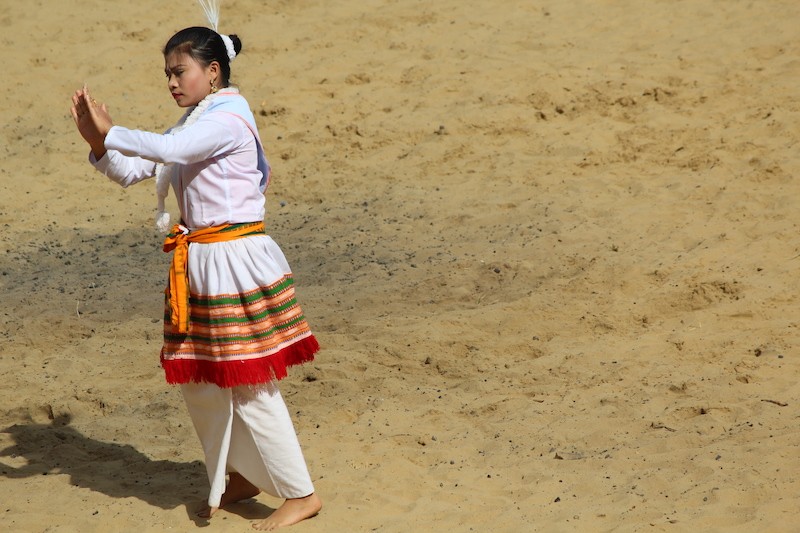
Baichung Bhutia
Baichung Bhutia is a Sikkim native who belongs to the Bhutia tribe. In the Indian Premier League, he is most recognised for being the great striker for the East Bengal football team. In the world of football, Baichung Bhutia is a household name. He’s also renowned as India’s football face.
He is a hero in the state of Sikkim. As a result, many young guys look up to him as a role model. He’s known as the “Sikkimese Sniper” for his precision football shooting skills.
Bhutia has previously led organisations such as the British Club, JCT Mill Club, Mohun Bagan Club, and others. He won his 100th international cap in the 2009 Nehru Cup series. He also won the AFC Challenge Cup and the Championship of the South African Football Federation.
In the year 2010, Baichung Bhutia collaborated with Nike. As a result, Baichung Bhutia Football Schools, a network of football schools, was formed. After his final match in January 2012, he declared his retirement.
Jayanta Talukdar
Jayanta Talukdar is a top player on the international archery circuit. He has brought Assam to international prominence in the sport. In the 2004 Olympics, he was a member of the Indian Archery team. In the 2006 World Cup, he won gold in FITA Meteskan, which was his most memorable victory.
For his contributions to the sport, Jayanta Talukdar receives the Pratham Bharatiya TIRANDAJ award. Jayanta Talukdar won the gold medal. He competed in the Asian section of the South Asian Games in 2006. He did, however, earn a bronze medal at the Asian Games in 2006.
In Porec, Croatia, Jayanta won the Gold Medal in Archery. Despite a losing streak in 2009, he won the Copenhagen World Cup. Jayanta won the bronze medal in the sole edition of the 2010 Commonwealth Games in New Delhi.
As a result, he was able to qualify for the 2012 London Olympics. The Indian men’s recurve archery team has chosen Jayanta Talukdar. On the other hand, on the 21st of June, 2012, during the London Olympics.
Kunjarani Devi
Kunjarani Devi is not only one of India’s best female weight lifters, but also one of the best in the world. She has broken all the records by putting in a lot of effort, willpower, and dedication. She has, nevertheless, won over 50 international and national medals.
Kunjarani won a bronze medal at the Asian Games in 1990. In 1994, she repeated the feat in the same event at the Asian Games. She was also given a bronze medal this time.
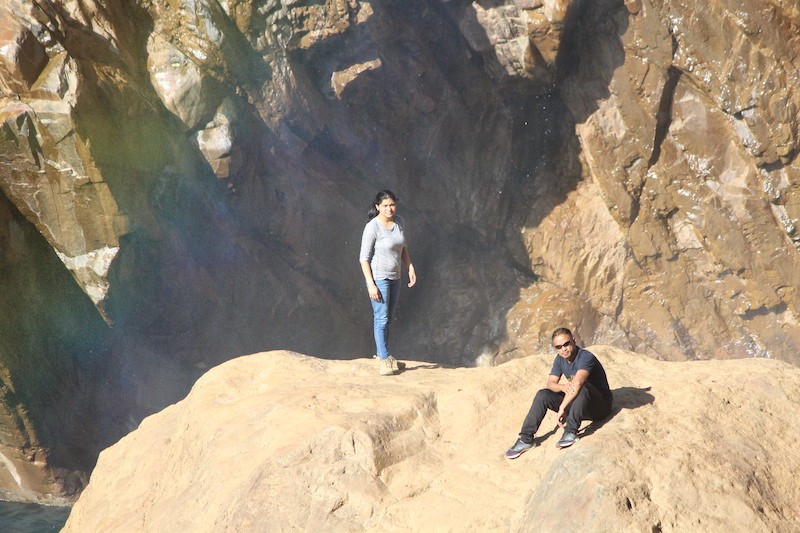
Her World Championships performance was equally impressive. At the Championship, she won 19 silver medals and 1 bronze medal. Kunjarani won gold in the women’s 48-kg category. In weightlifting, however, at the 17th Commonwealth Games in 1998.
Conclusion
Some of India’s most well-known international players have come from the northeastern states. From a young age, children are encouraged to participate in sports. All schools and institutions should make physical education compulsory. There is widespread consensus in Northeast India.
Sportspeople have aided and guided young athletes from their own countries, giving back to their communities. Students receive free coaching, as well as free boarding and food, thanks to the foundation. However, it does pay any additional expenditures paid as a result of entering competitions.
The North-Eastern states shine out when it comes to raising funds and utilising them for sports. The North-Eastern states accounted for 8.78 percent of the national demand for funding to create a sports base. As a result, sporting events can be held under Khelo India’s auspices.

